With masking and vaccination requirements largely
dropped in Italy and summer approaching, crowds of travelers have begun to
return to Rome’s Centro Storico — the area most dependent on tourism and the
hardest hit by the pandemic — according to hoteliers and others working near
Rome’s iconic spots.
اضافة اعلان
“Trevi Square and the whole center of Rome is full of tourists
again,” said Fabrizio Rezza, reservations manager for the Hotel Fontana,
referring to the throngs around the storied monument in front of the hotel,
Trevi Fountain. “It seems like no one is afraid of
COVID any longer.”
And so the Eternal City continues to live up to its name,
boosted by some long-awaited reopening's and a crop of new restaurants, hotels
and cultural spots all over town.
Museums and archaeological sites
Under renovation since 2007, the distinctive circular Mausoleum
of Agustus (5-euro admission) began welcoming the public again last year, and
the Casa Romana, a fourth-century dwelling beneath the free
Museo di Scultura Antica Giovanni Barracco, has also reopened after an even longer hiatus.
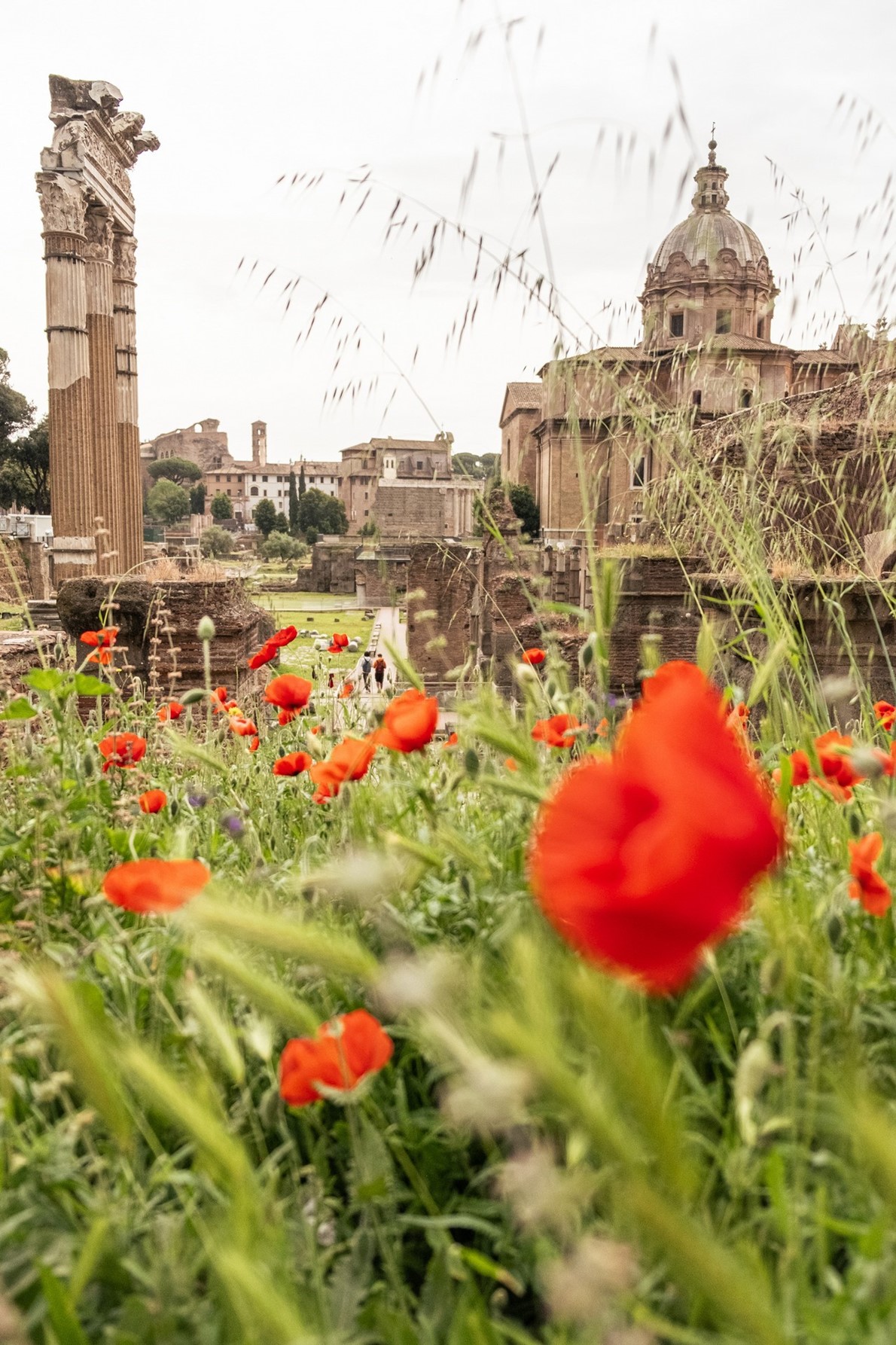
Among Rome’s fledgling cultural venues, the new Museo Ninfeo
offers visitors the chance to admire the ruins of a former hideaway and
pleasure garden for emperors like Claudius and Caligula. (The museum is open
Saturday and Sunday only. An adult ticket costs 14.30 euros and can be
purchased through Vivaticket.) The just-opened (and free) Garum museum (named
after an ancient Roman fish sauce) traces the history of Italian cooking and
eating. Housed in a 16th-century palazzo, the new museum showcases
centuries-old utensils, vessels, molds, and other cookware, as well an
extensive library of books and prints related to the culinary arts.
Italy has also reintroduced free admission for state museums and
archaeological sites the first Sunday of each month. At all other times,
certain tourist hot spots, notably the Colosseum site (which includes the Forum
and Palatine Hill; 16 euros), and Galleria Borghese (13 euros; free for those
17 and under), require tickets to be purchased online.
Vast buffet of new restaurants
Over the past two years, many beloved restaurants in Rome were
forced to shutter, such as Michelin-starred Metamorfosi, the panoramic hilltop
Lo Zodiaco, and Doozo, considered by some to have been Rome’s best Japanese
restaurant.
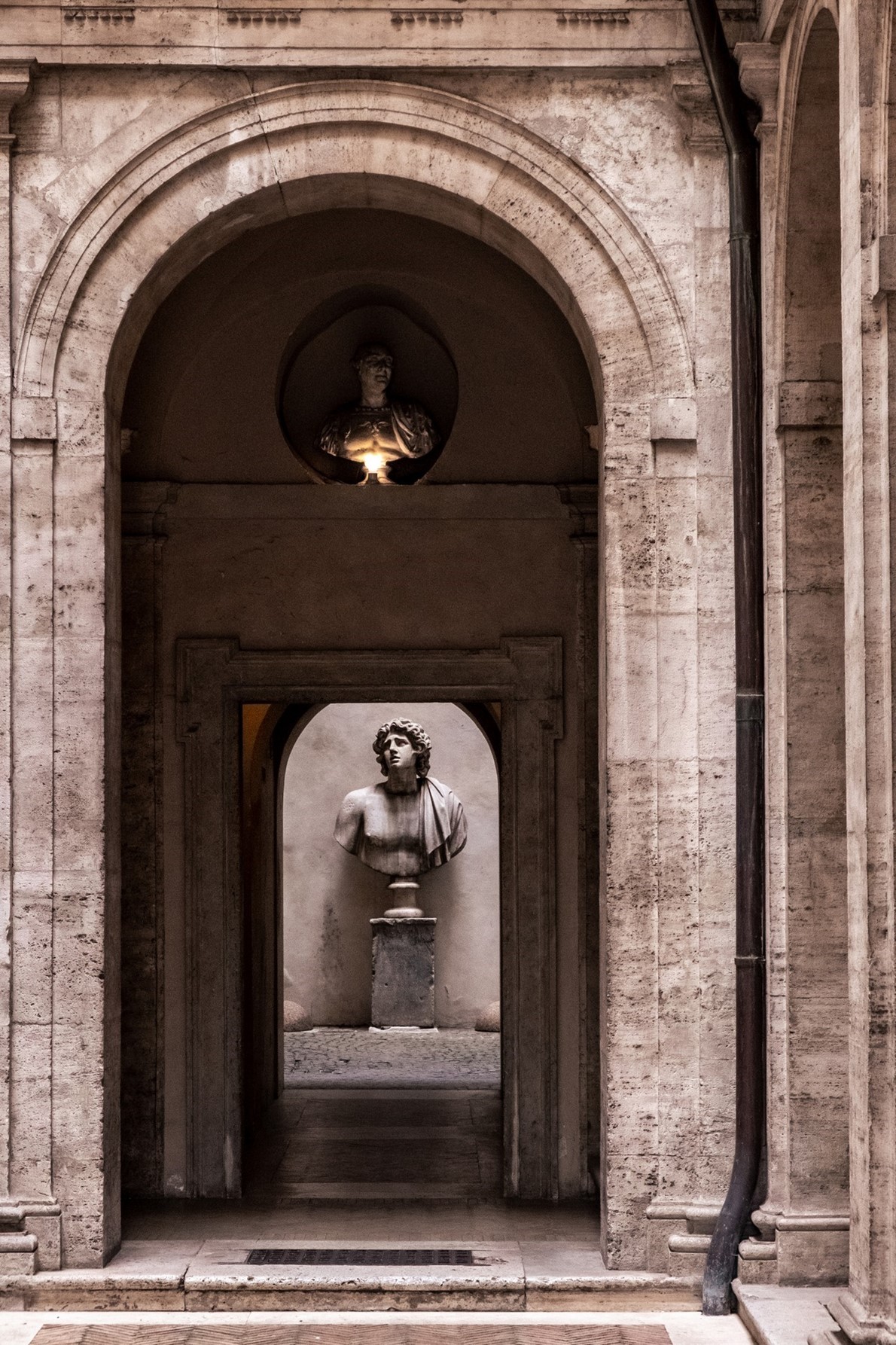
But fittingly for a food-centric city, Rome’s red-hot dining
scene is serving up a vast buffet of new restaurants, from thin-crust pizzerias
awash in craft beer (L’Elementare), to gourmet delis abounding in prosciutto
platters and grilled meats (Aventina), to natural-wine boutiques with an ace
selection of Italian dishes served from an open kitchen at the back (Enoteca
l’Antidoto).
Some of the most-sought new tables are at Romanè, the new
restaurant from celebrity chef and restaurateur Stefano Callegari, famous as
the inventor of the trapizzino, a conelike bread container that can be filled
with anything from eggplant parmigiana to beef tongue in green sauce. Loud,
friendly, and unpretentious, Romanè serves up reverent and occasionally
embellished takes on classic
Italian cuisine, including crackly fried
artichoke, spaghetti Amatriciana and “the best chicken cacciatore I ever ate in
my life,” in the words of food journalist and olive oil specialist Luciana
Squadrilli. Expect to pay around 60 euros for a three-course meal for two
people.
Hotels: Luxury and kitsch
The lack of tourists also hurt the accommodations sector, which
has suffered some of the worst losses. According to Giorgio Palmucci, president
of ENIT, the national tourism agency, around 400 regional hotels have closed
during the pandemic. They include giants like the Sheraton Hotel Roma and
Conference Center and the Selene, which had hosted luminaries like former
Soviet President Mikhail Gorbachev.
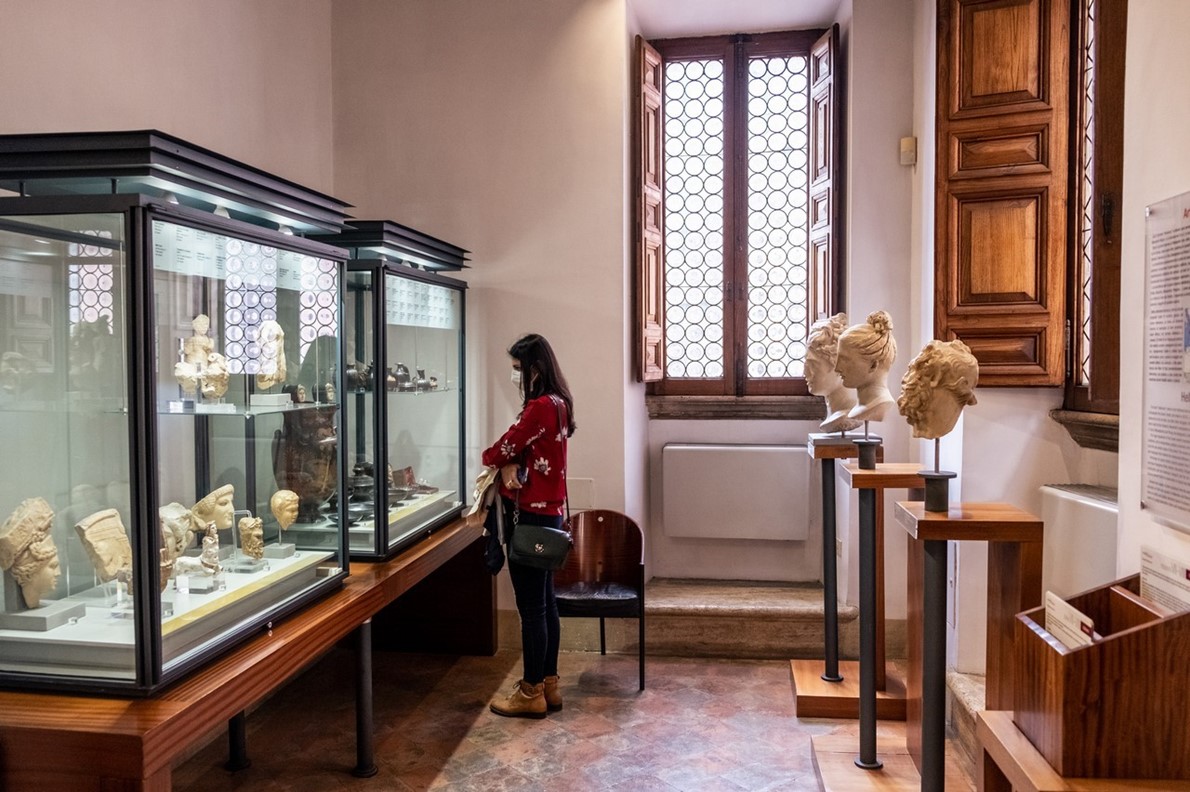
Despite significant losses, the hotel sector is starting to
rebound, thanks to recent arrivals like the luxurious W Rome (rates in May from
720 euros) and the kitsch-cool Mama Shelter Roma (rates in May from 289 euros),
with its roof bar, coworking space and plant-draped restaurant. For
particularly fat wallets, the Maalot Roma (rates in May from 423 euros) is a
hushed townhouse blending contemporary artworks and historical furnishings
(tufted couches, Oriental carpets) that has been earning raves for the plush
Don Pasquale restaurant. While waiting for your table, you can sit at the
intimate two-seat bar and sip the excellent signature cocktail, Almost a
Classic Drink (14 euros), which enlightens a traditional Vieux Carré with a dose
of grappa.
For slimmer billfolds and more Scandinavian tastes, the new
55-room Camplus Hotel Roma Centro (rates in May from 123 euros) is a haven of
clean lines and muted colors near the city’s central rail station, Termini.
Pizza Labs, Patti Smith, and other summer events
Summer festivals are set to unfold around
Rome, with some
returning after a pandemic-era pause. In late May, around 60 master pizza chefs
will knead, toss, and bake their way into the hearts (and stomachs) of those
attending the free La Città della Pizza.
The festival celebrates Italy’s most famous food in its many
permutations — Neapolitan, Roman, folded, fried — as well as bread and olive
oil, and a free “pizza school” will offer further indoctrination into the art
of the pie. You can then wash it all down in mid-June with some of the 2,500
Italian and international vintages on hand at Vinoforum (admission, 20 euros),
the city’s big annual wine and spirits gala.
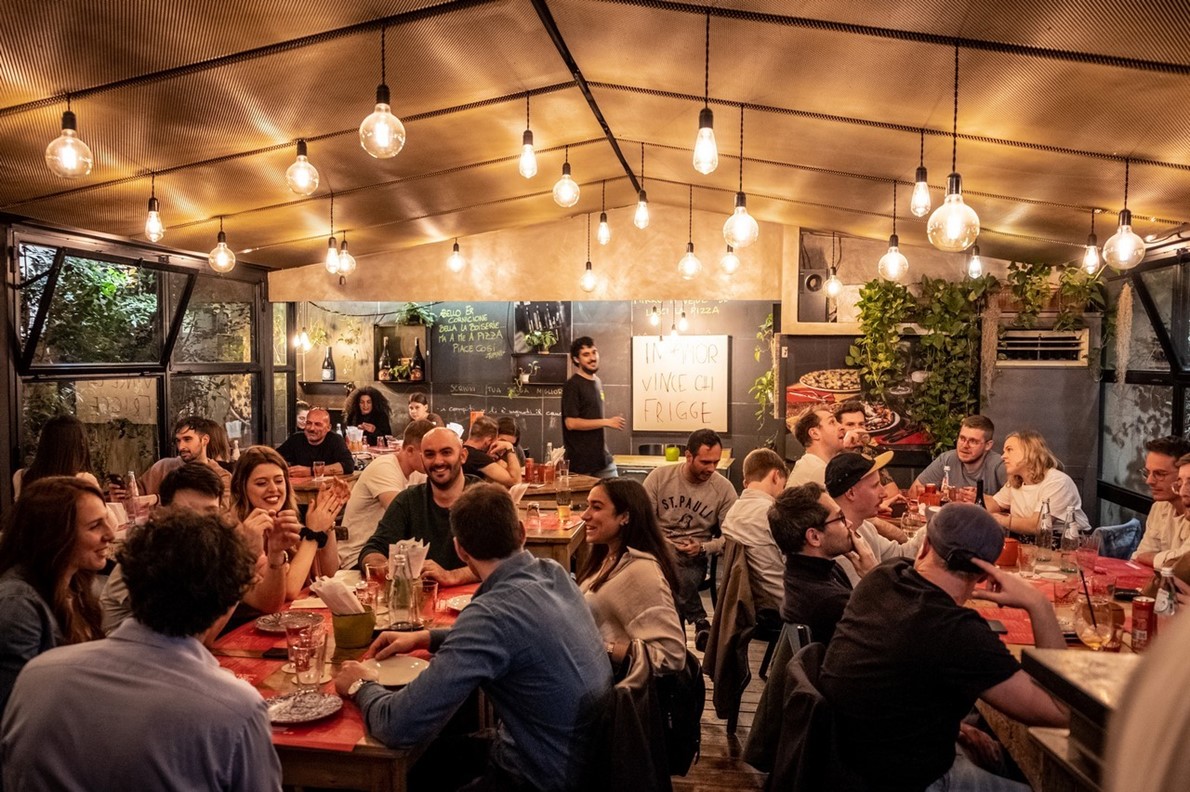
On the musical front, the citywide, multiweek concert series
known as Rock in Roma (most shows 20 to 40 euros) makes its return in June
after a two-year hiatus. Held at large venues around town — notably the ancient
Circus Maximus — this year’s series will feature Italian and international
performing artists like Patti Smith, Massive Attack, Herbie Hancock, Suicidal
Tendencies, and Maneskin.
Important COVID-19 information
The Italian government has lifted the country’s state of
emergency and recently eliminated many of the former regulations, though proof
of vaccination or recovery from
COVID-19 is still required to enter Italy from
a foreign country.
Within Italy, such proof is no longer required to enter nearly
all venues, and masks are no longer mandatory in the vast majority of indoor
spaces.
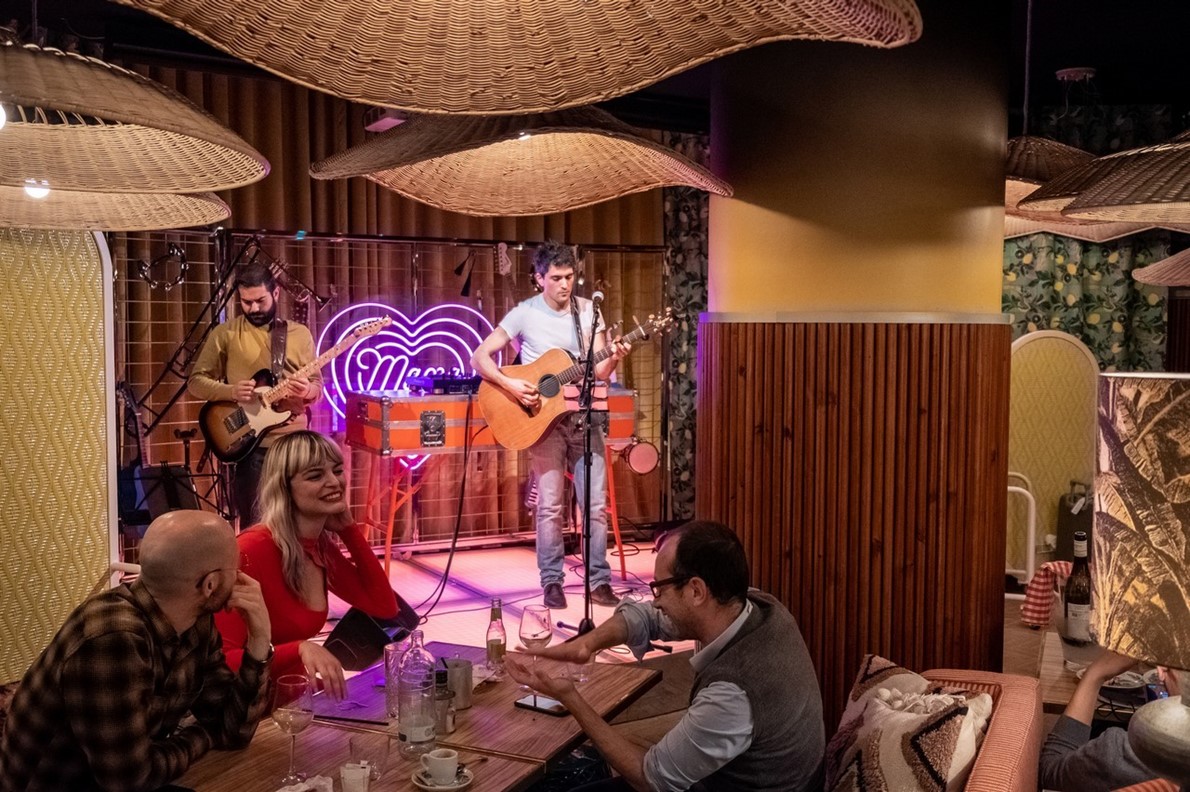
The notable exceptions are public transportation and enclosed
entertainment venues — including movie theaters, playhouses and concert halls —
which require FFP2-type masks (similar to N95 and KN95 models). Current health
guidelines can be found on the official Italia tourism website.
Read more Travel
Jordan News




